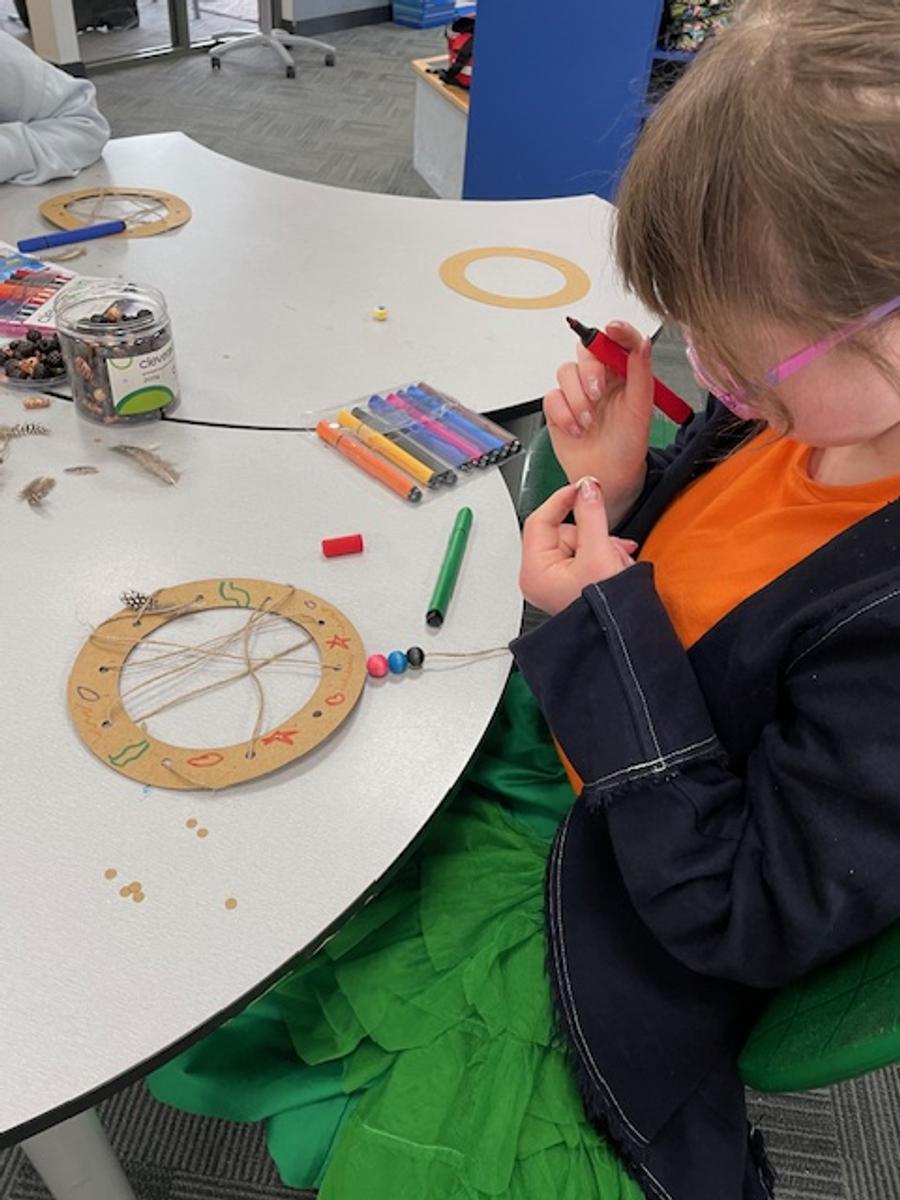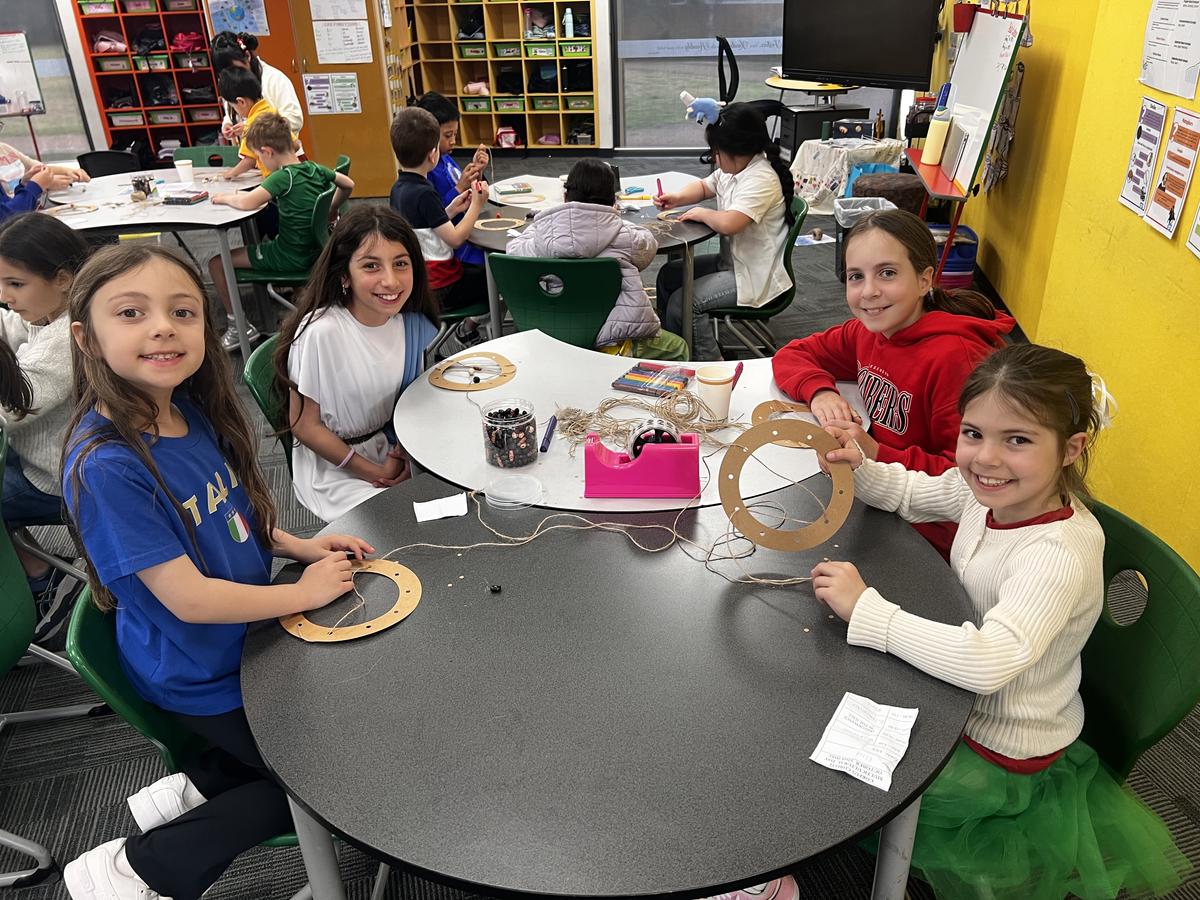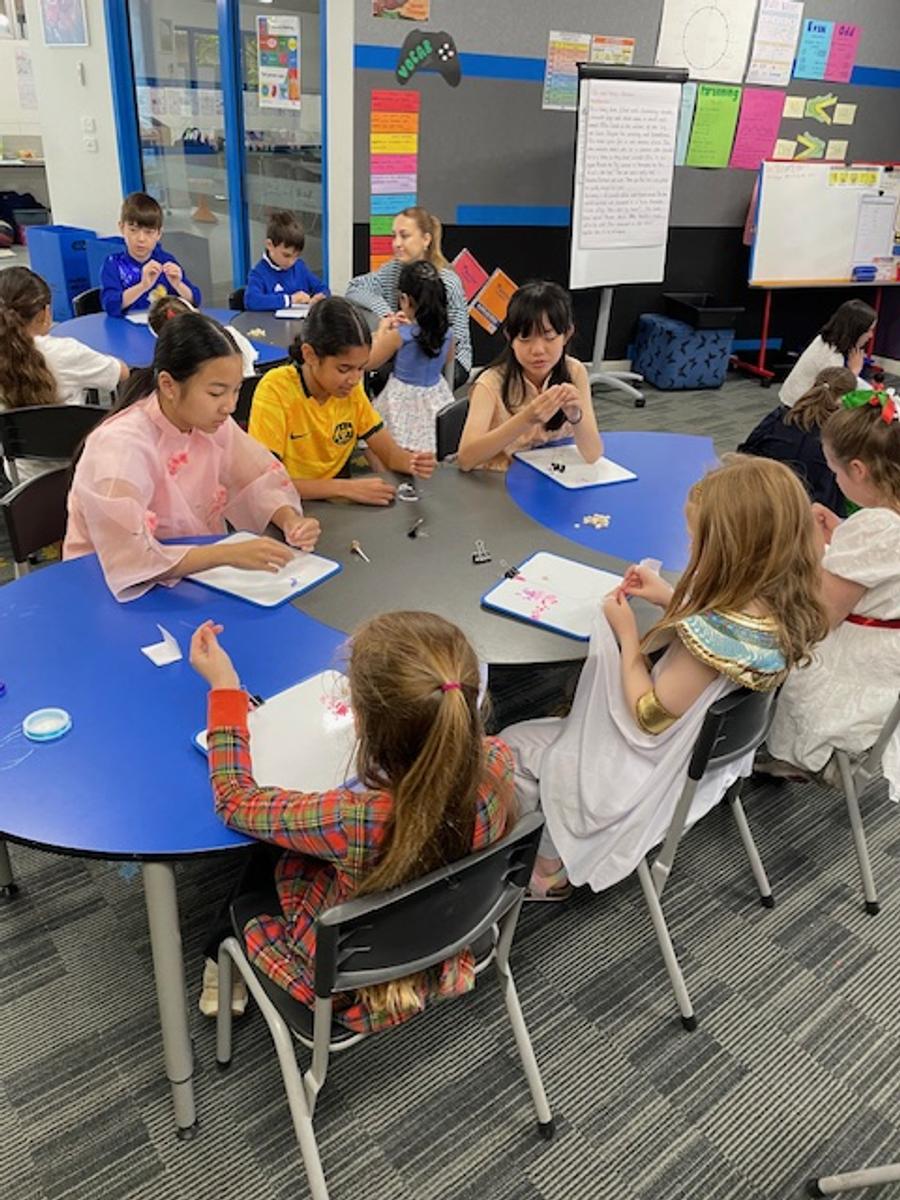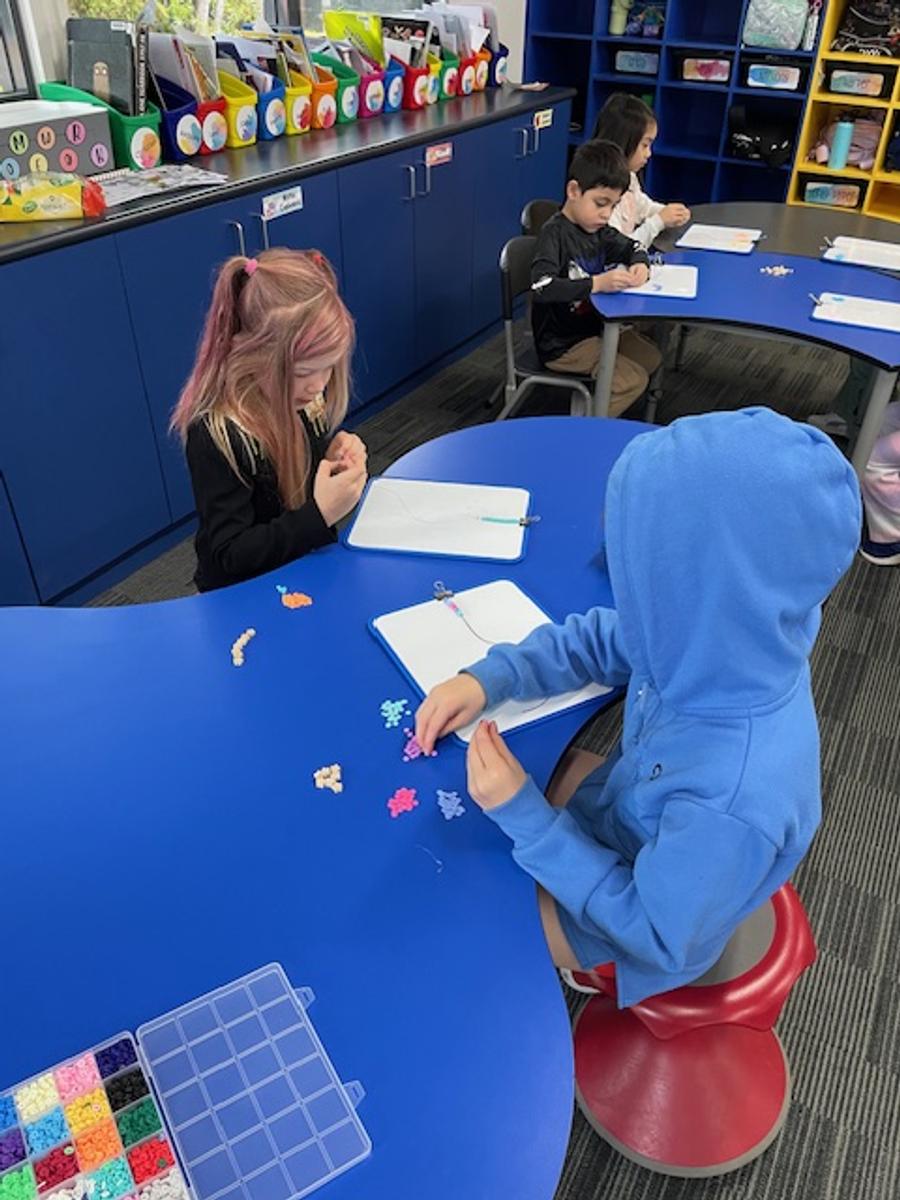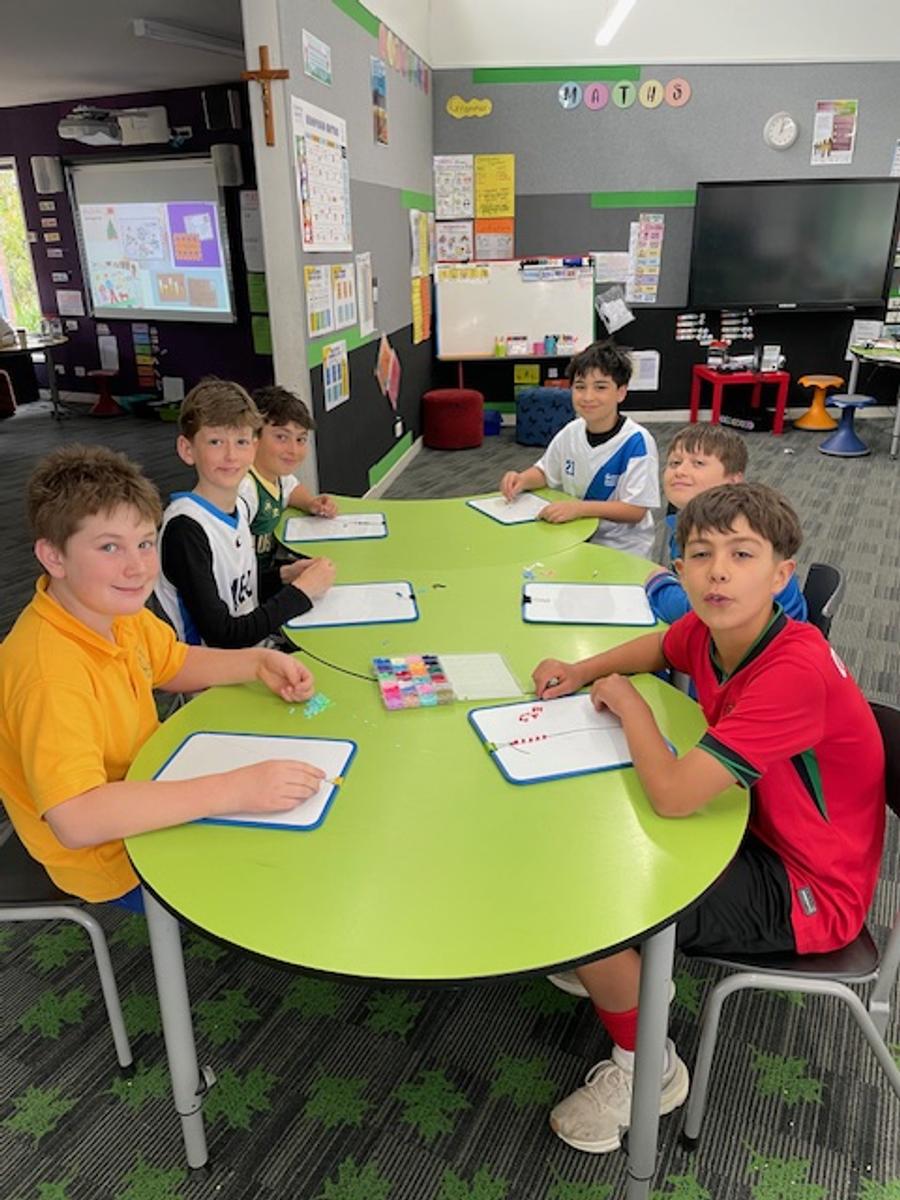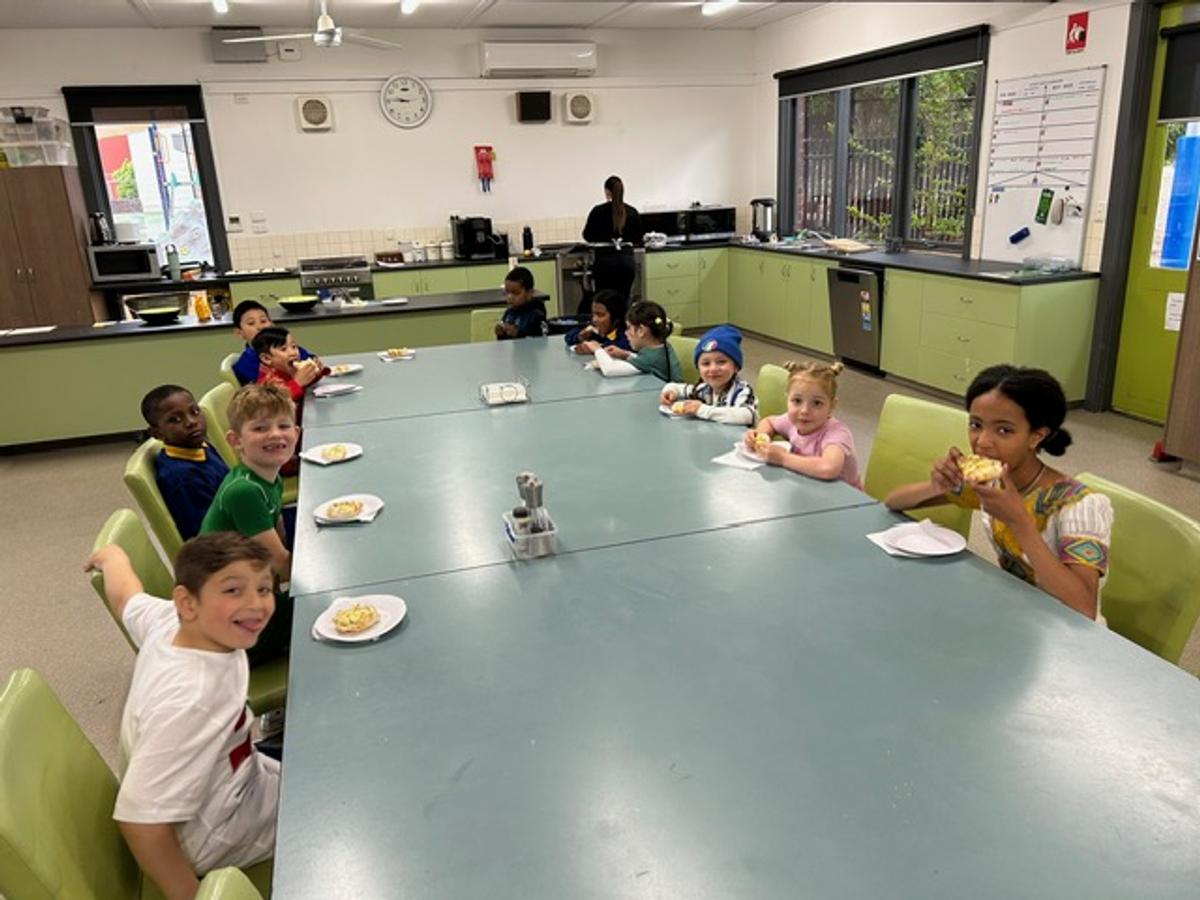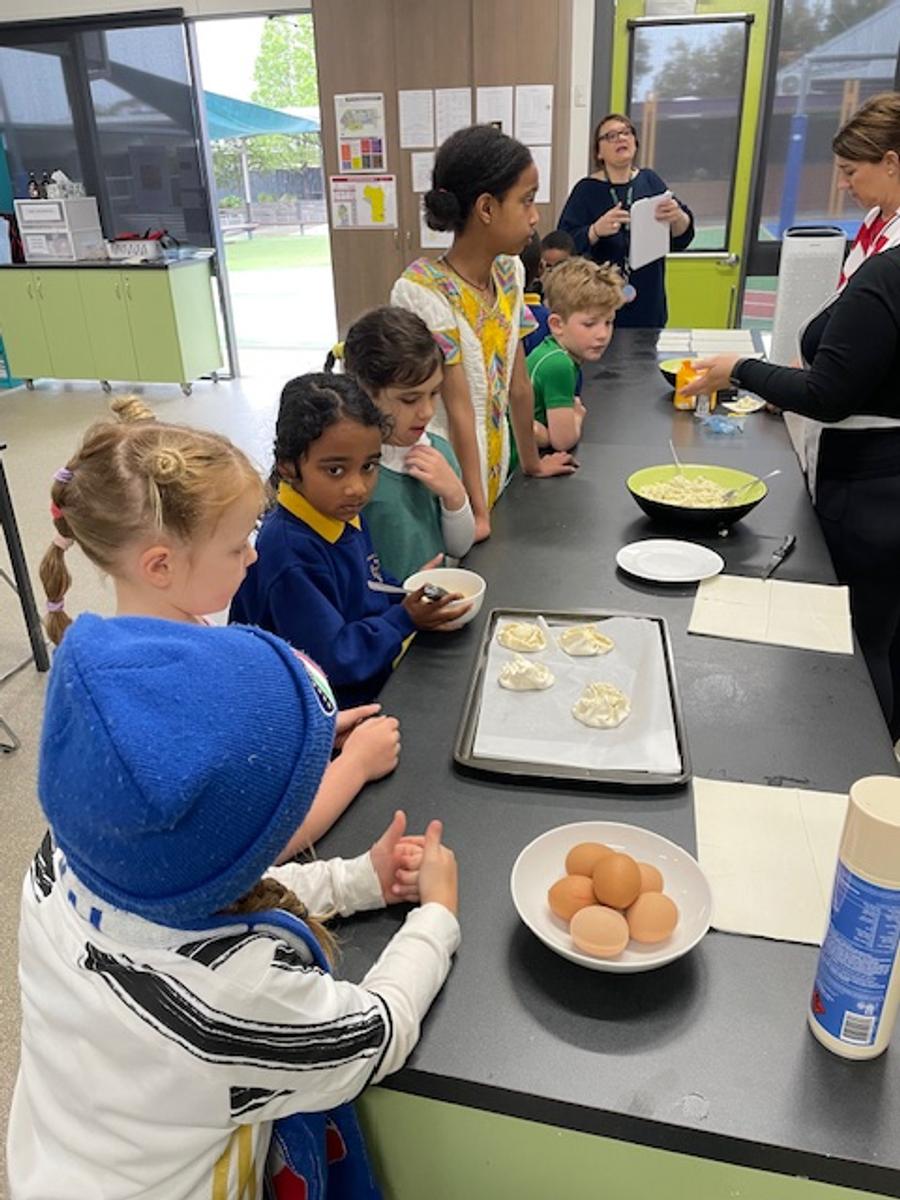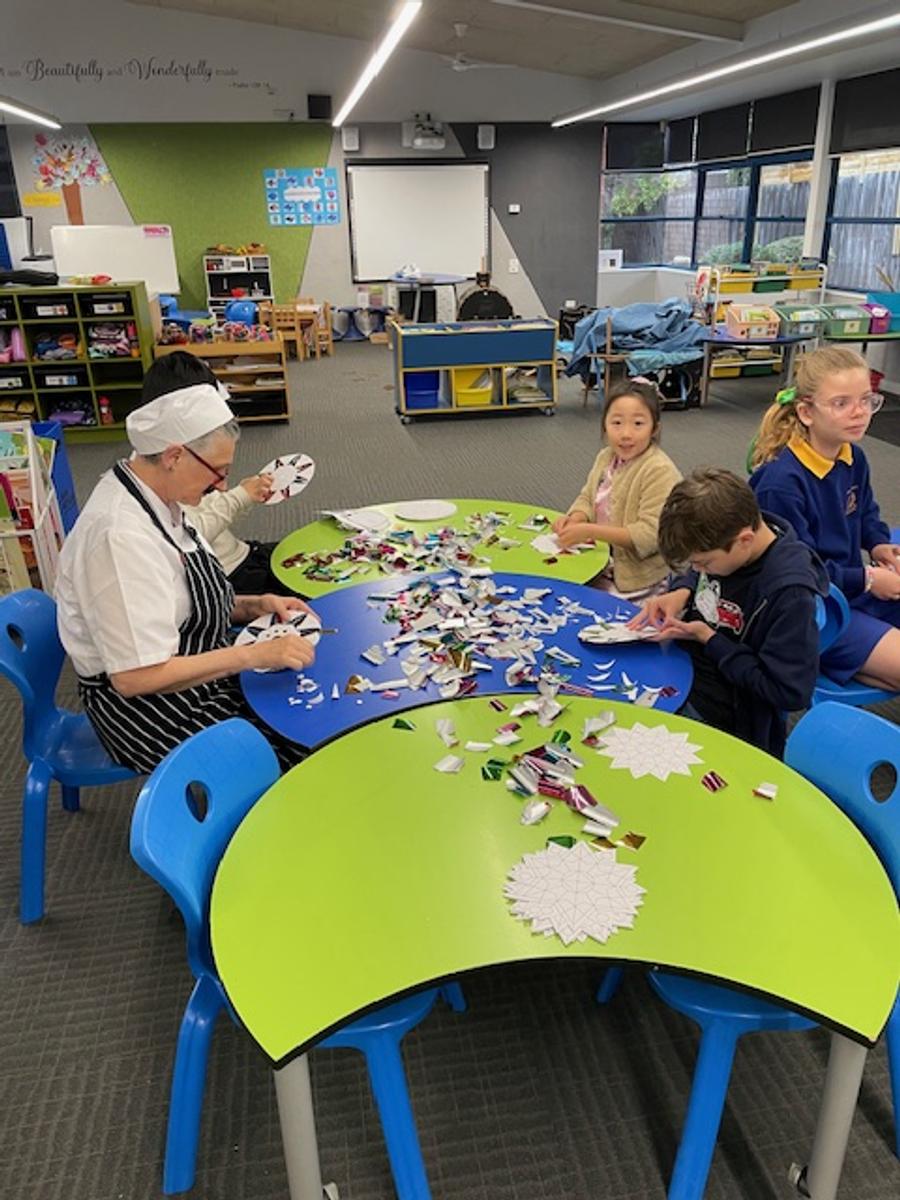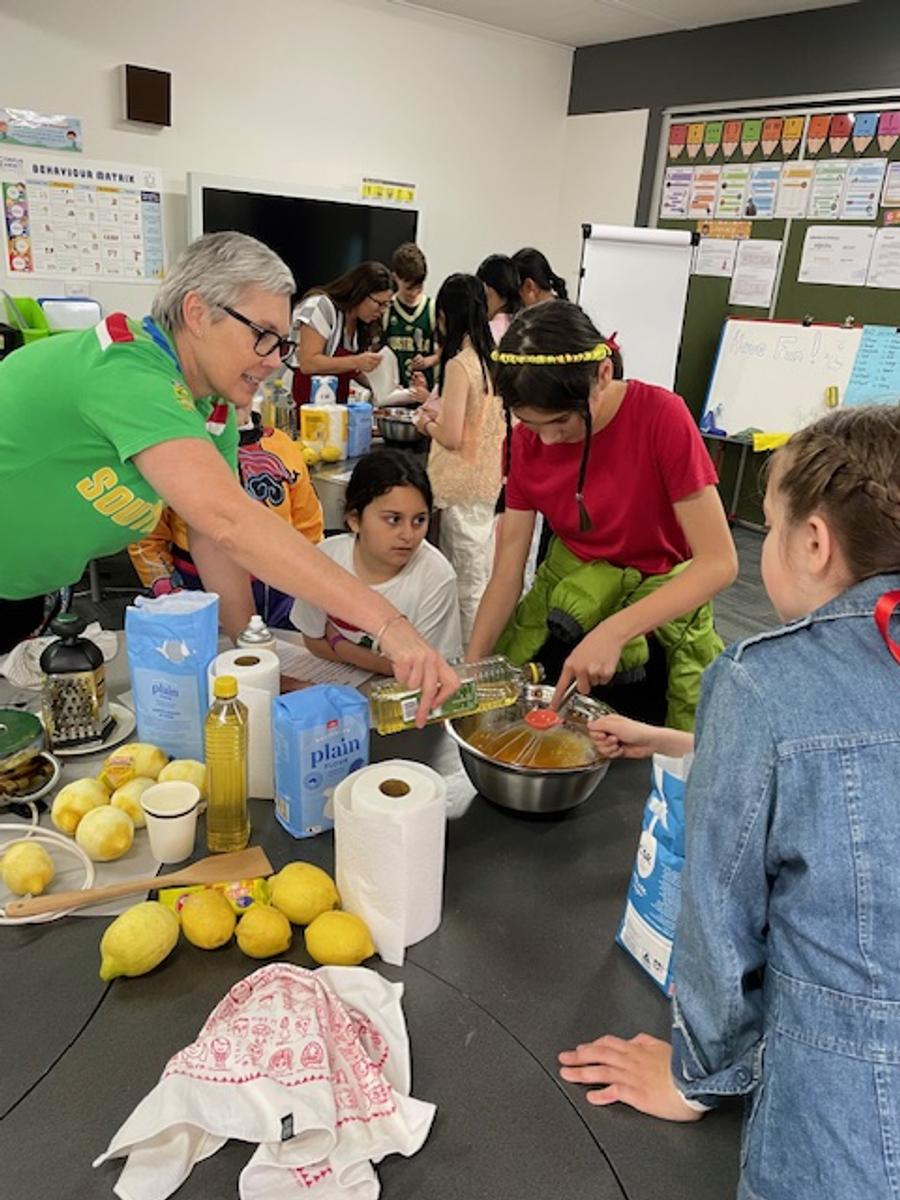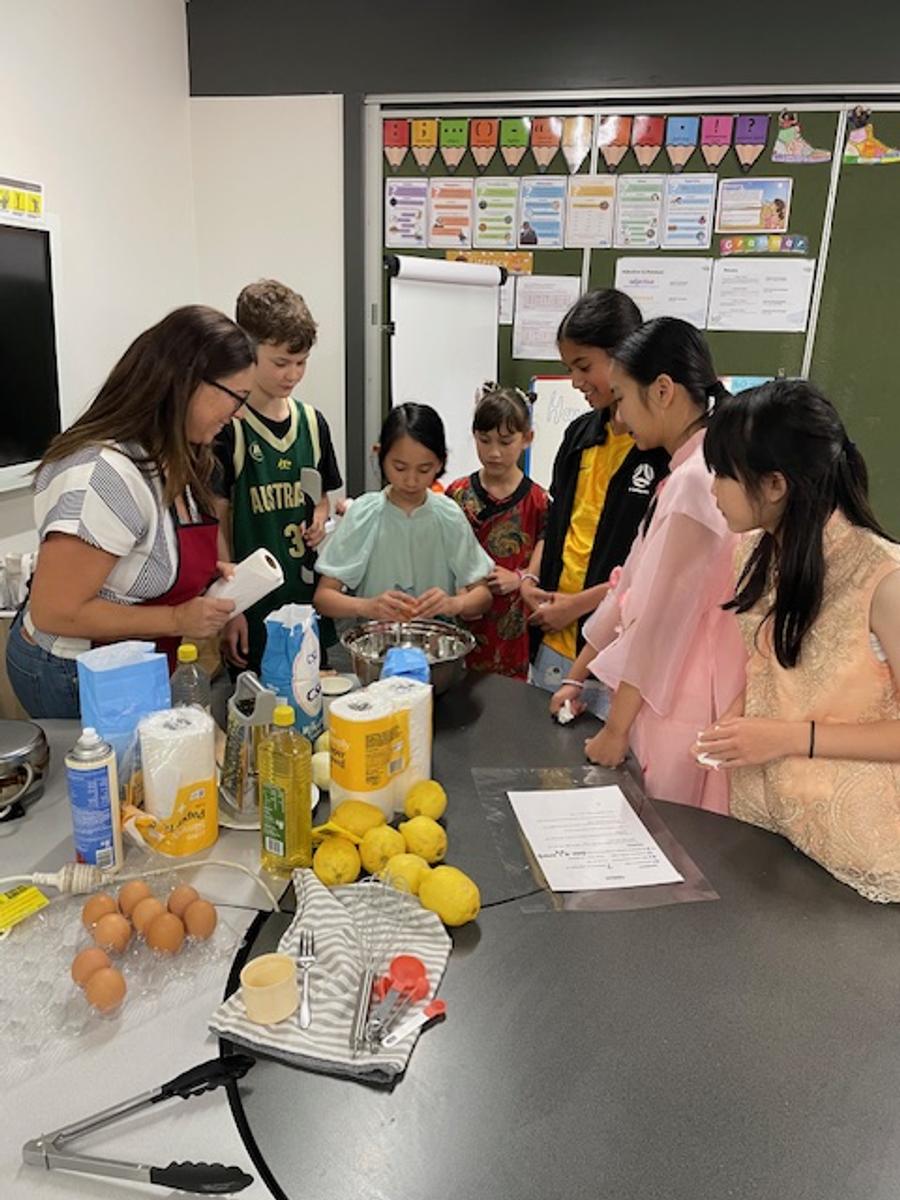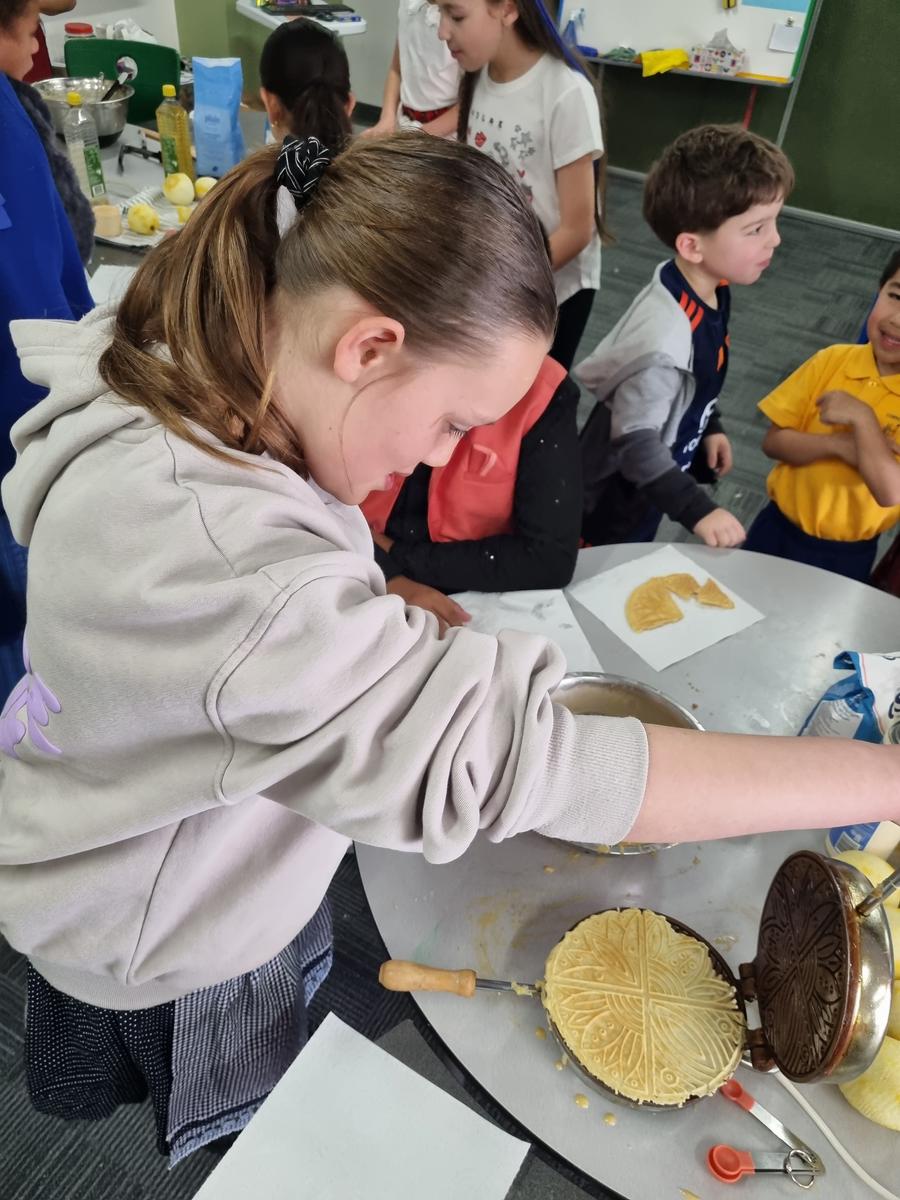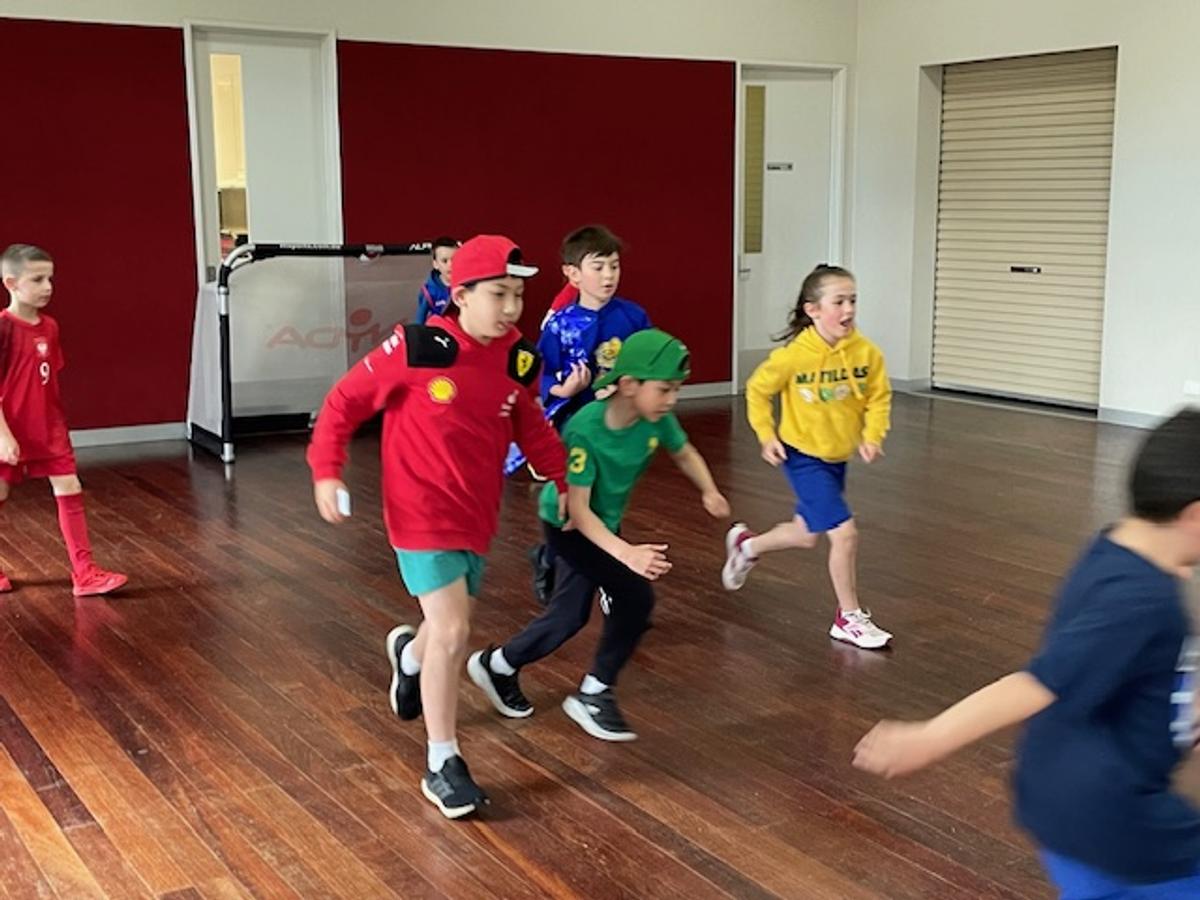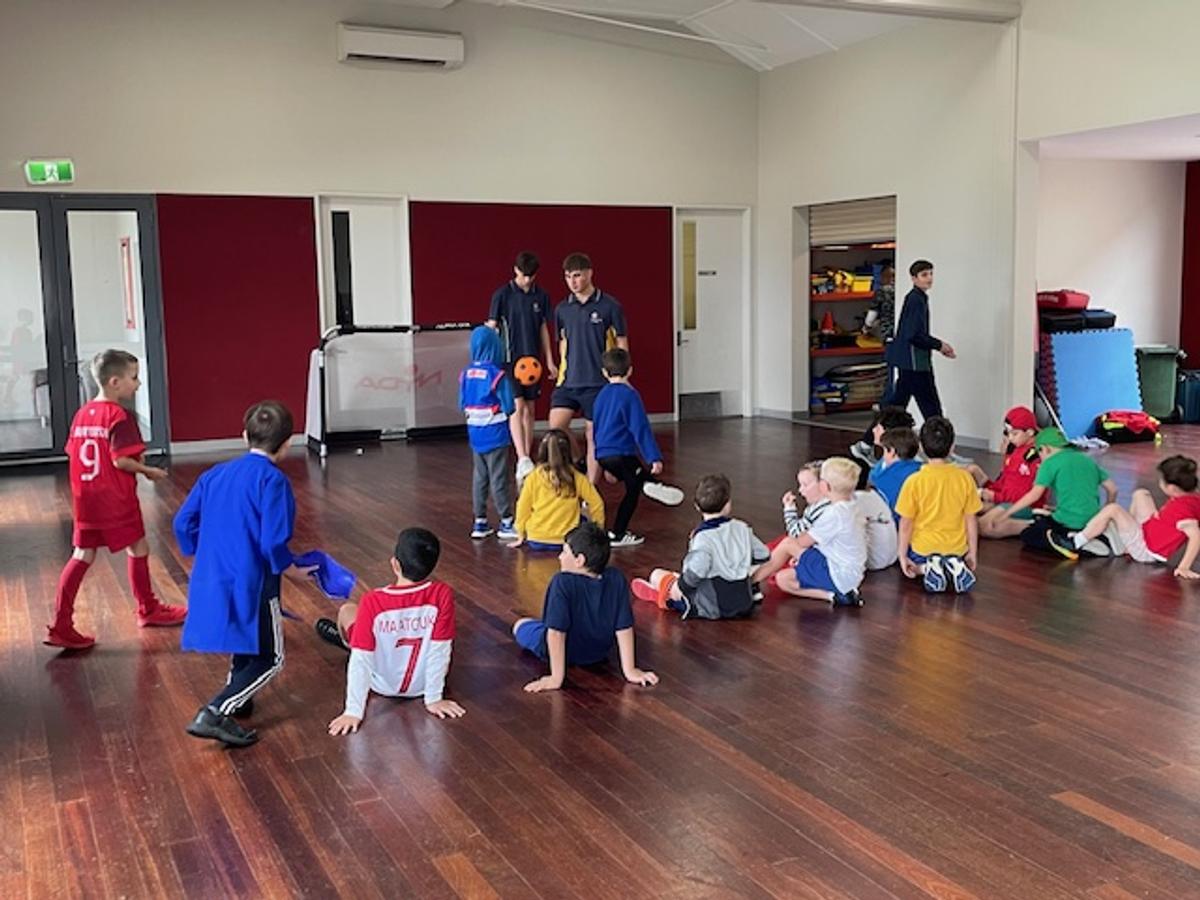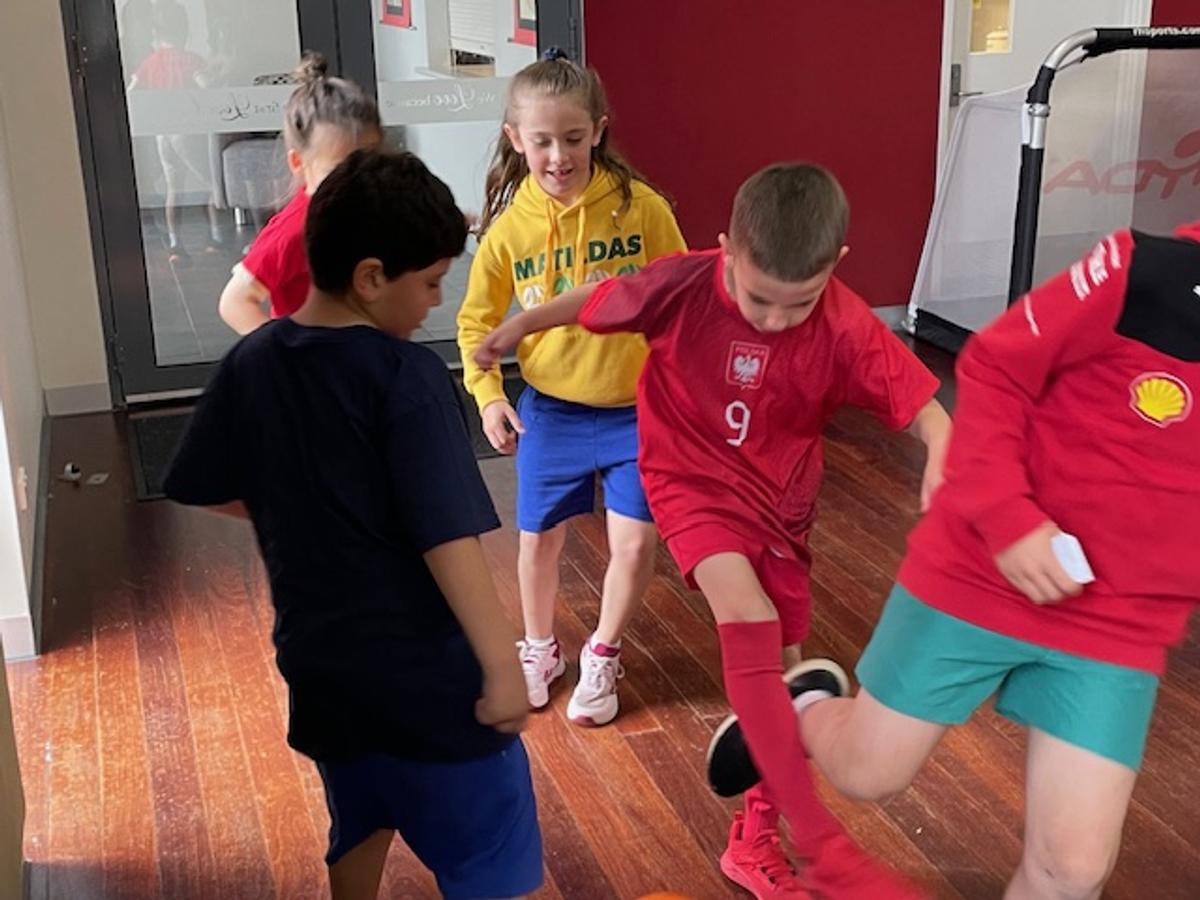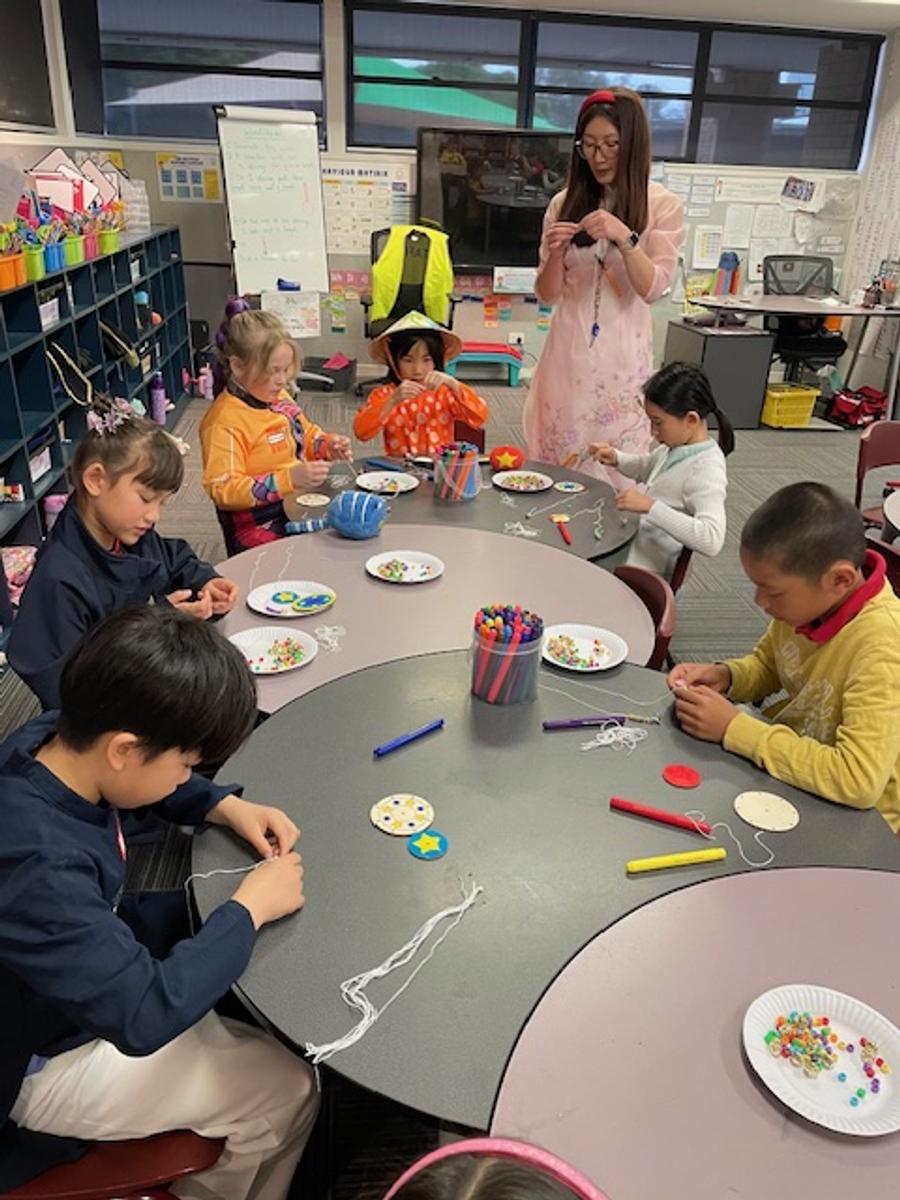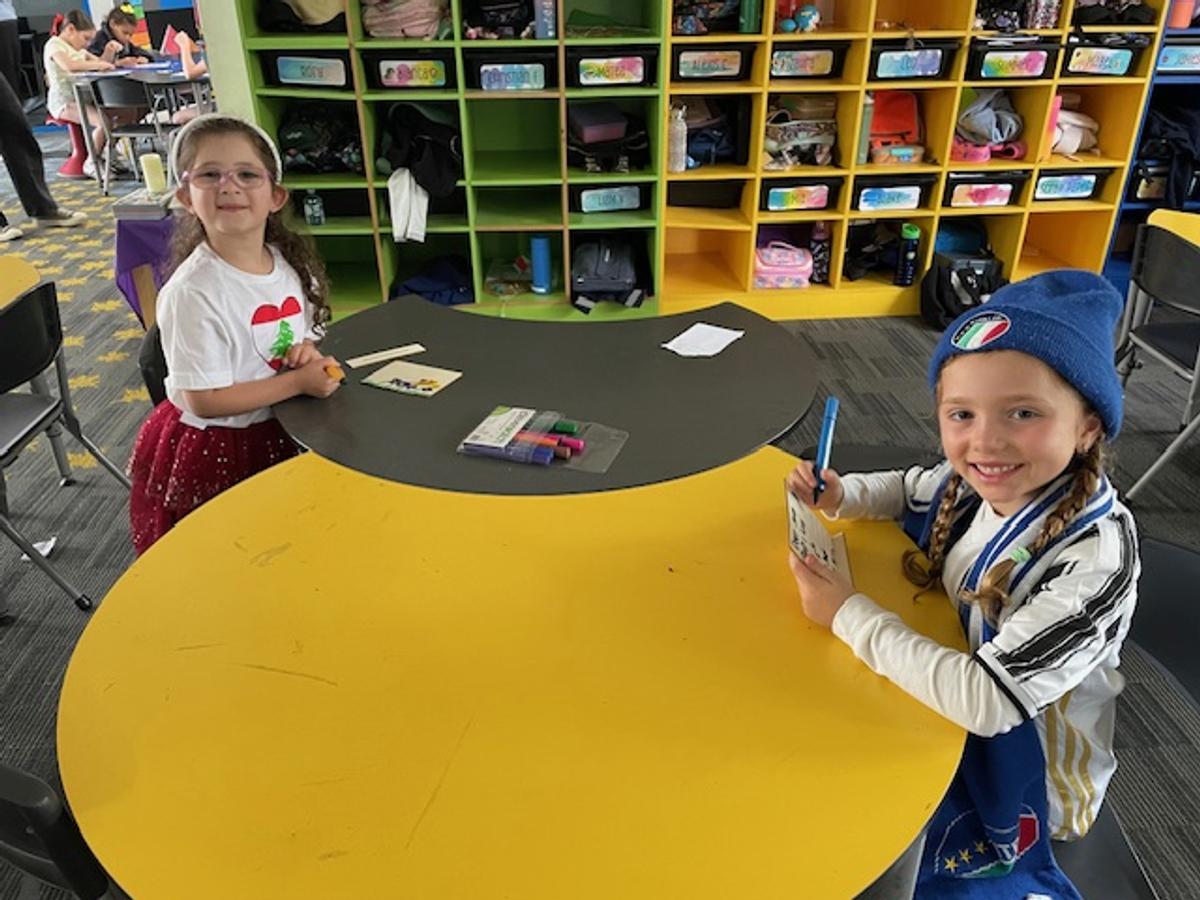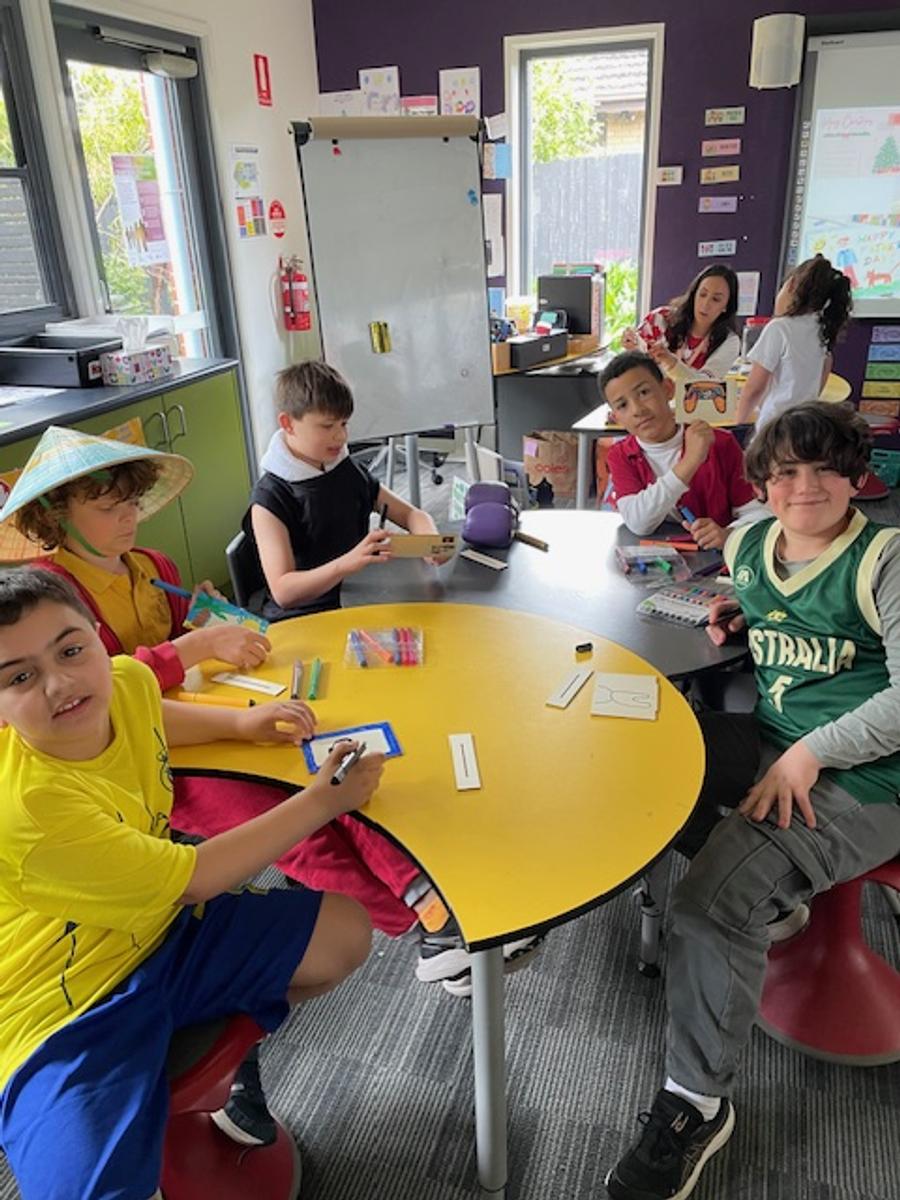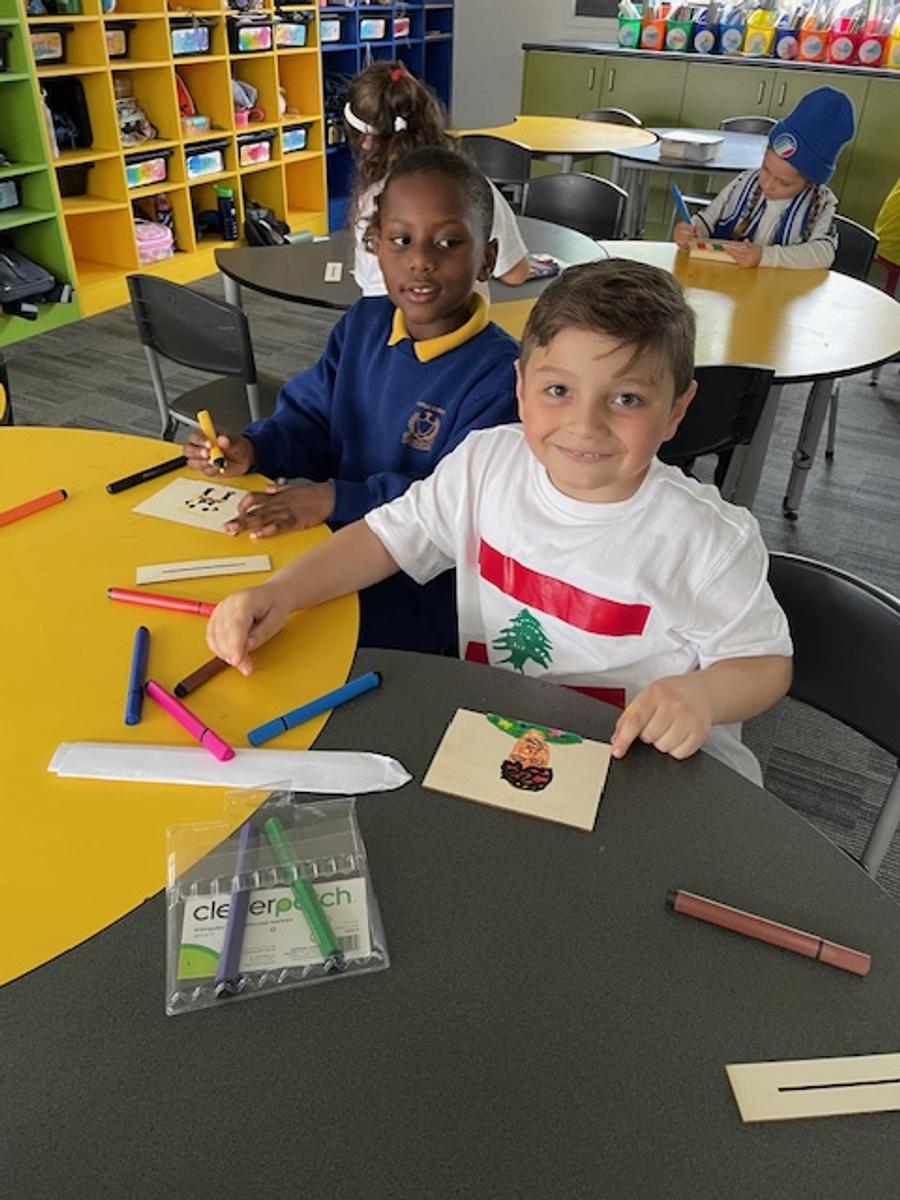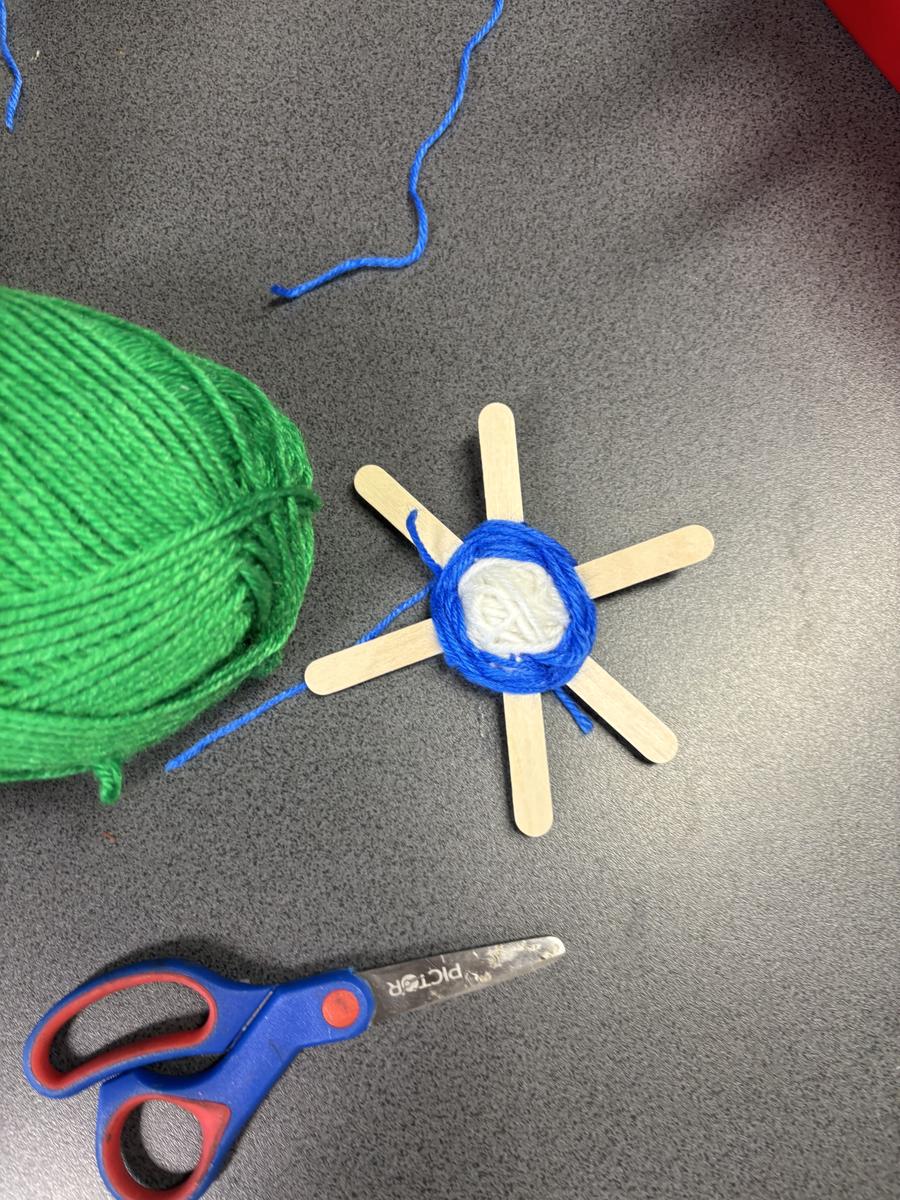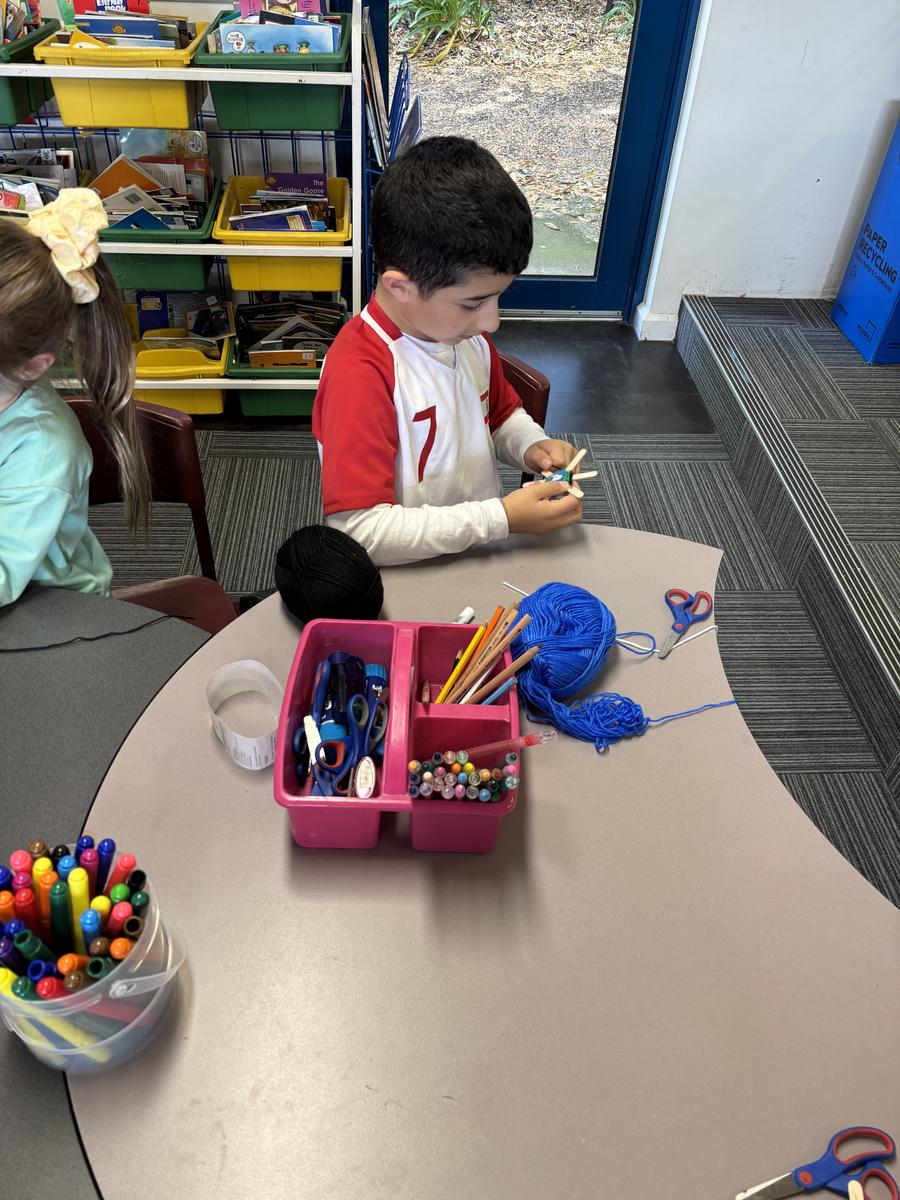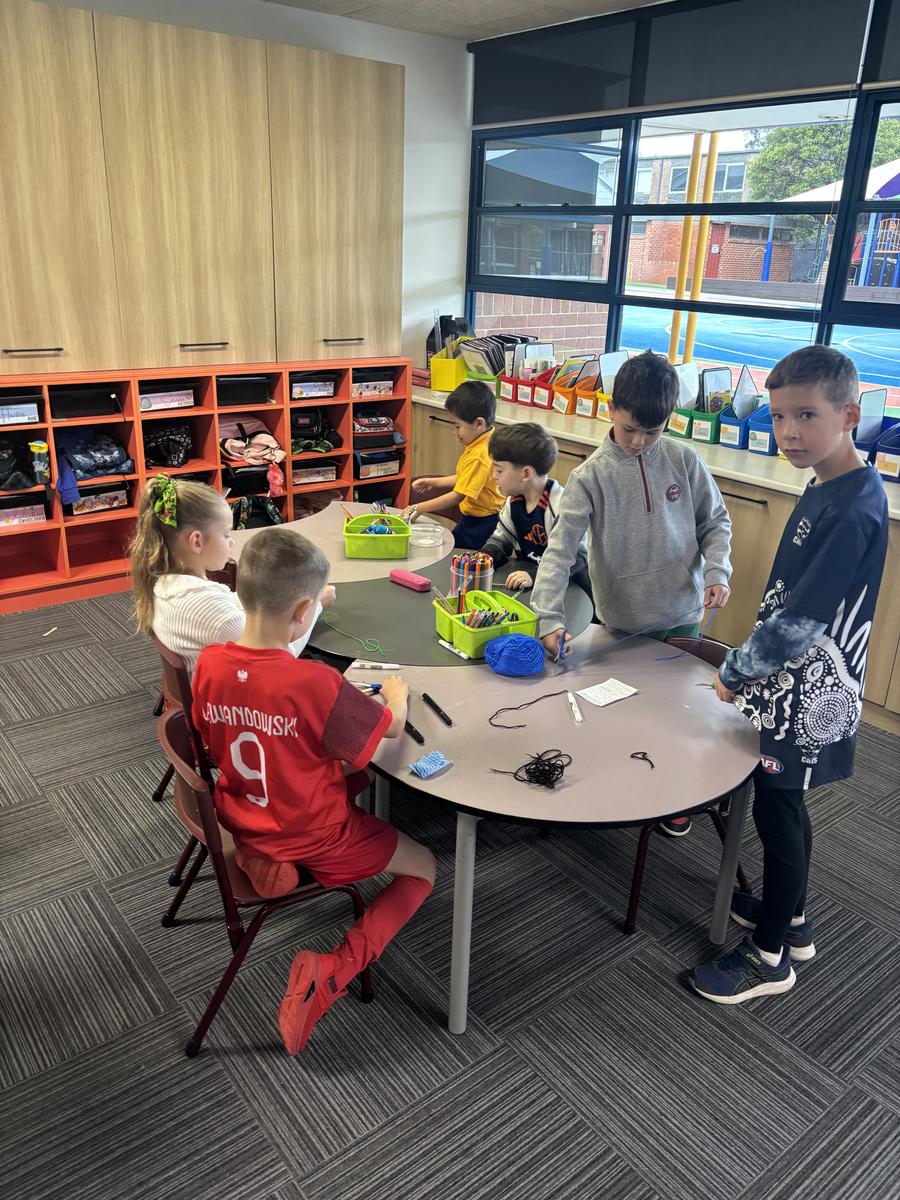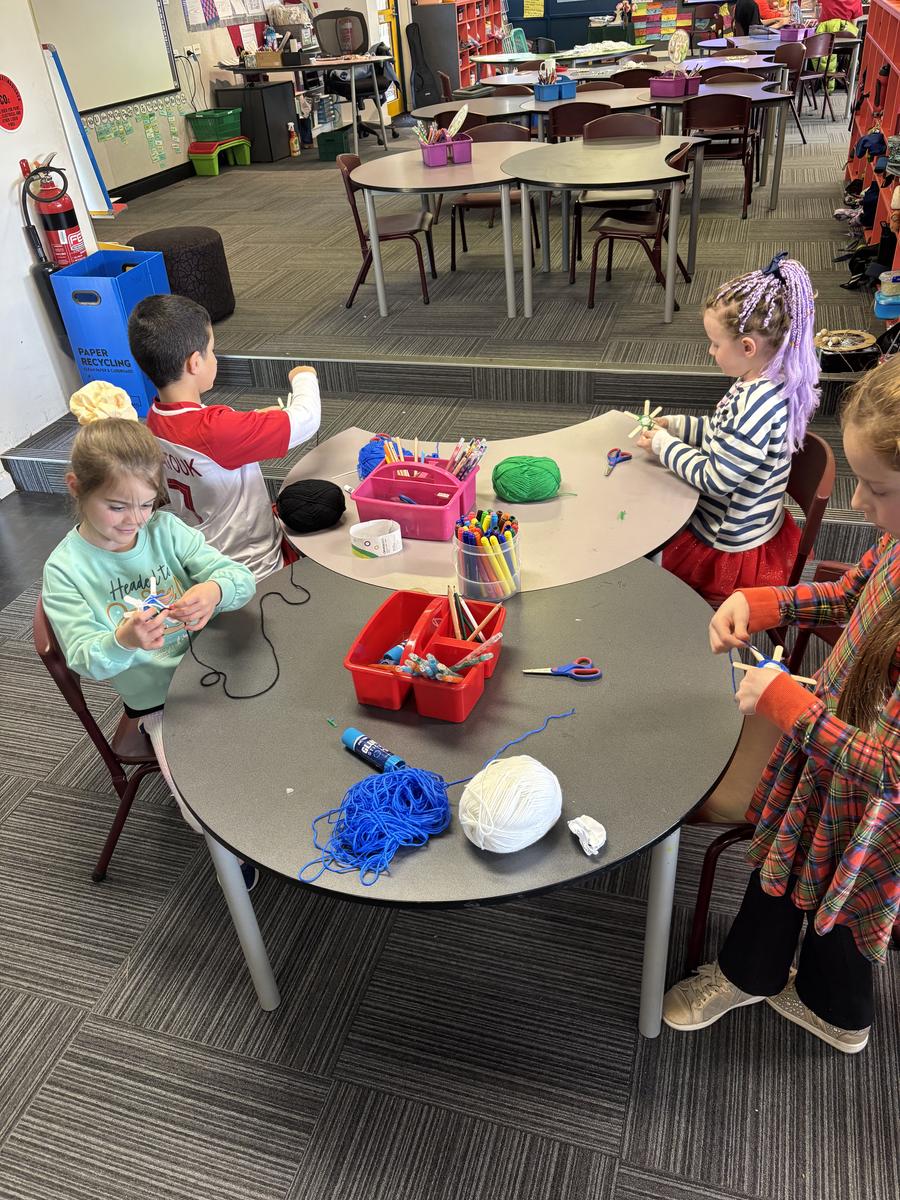Learning and Teaching

Multicultural day activity wrap-up
Last week, we were lucky enough to celebrate Multicultural Day as a school community. Organised by Signora Anderson every second year, the day provides an opportunity for us to celebrate our different cultural heritages, share traditions, and build connections among people from all backgrounds, reinforcing the idea that everyone belongs. Activities are chosen to reflect the different cultures in our school community. Activities included:
Dream Catchers
Dream catchers originate from the Ojibwe
people of North America and were traditionally made to protect children from bad dreams. They are usually woven in a circular frame to represent the cycle of life, with feathers symbolising breath and connection to the natural world.
Heishi bracelets
Heishi jewellery comes from the Pueblo peoples of the American Southwest. The small disc-shaped beads are traditionally handcrafted from shells, stones, and minerals, carefully ground and polished to create smooth strands.
Maltese Qassatat
Qassatat are a traditional Maltese savoury pastry, usually filled with ricotta, peas, or spinach. They reflect Malta’s Mediterranean food culture, blending Italian and North African influences in simple, home-style cooking.
Mandala Art
Mandala art has deep roots in Buddhist and Hindu traditions, representing the universe through balanced, symmetrical designs. Creating mandalas is often a spiritual or meditative practice, used for reflection, focus, and inner peace.
Movie: Hercules
The story of Hercules comes from Ancient Greek mythology, where he is known as Heracles, a hero celebrated for his strength and courage. The myths surrounding him were part of Greek storytelling traditions that taught moral lessons and honoured the gods.
Pizzelle Making
Pizzelle originated in the Abruzzo region of Italy and are one of the oldest known traditional cookies in Italian culture. They are often made for celebrations such as Christmas, Easter, and weddings, symbolising family tradition and hospitality.
Soccer Clinic
Soccer is a cultural cornerstone in many European and Latin American countries. Clinics help share the skills, teamwork, and sporting spirit that have made football the world’s most popular game.
Wind chimes
Wind chimes have been used in Chinese and Japanese culture for centuries to create peaceful sounds and bring good fortune. In temples and homes, they are believed to dispel negative energy and invite harmony.
Wooden Postcards
Wooden postcards reflect traditional woodcraft from regions like Scandinavia and the Alpine countries, where artisans work carefully with natural materials. They combine storytelling, carving, and folk art, preserving a connection to the landscape and natural resources.
Yarn Turtles
In First Nations Australian cultures, the turtle is a significant animal symbol that represents connection to Country, resilience, and the importance of waterways and seasonal cycles. Creating yarn turtles can reflect cultural storytelling and respect for totem animals, helping learners explore the value of caring for land, water and living creatures.
The feedback about the day from the students (and teachers) was overwhelmingly positive. Having the chance to work with children from across Prep to Year 6 allowed students to form new friendships and demonstrate how they can support and learn from one another. A big thank you to Signora Anderson for all the work she does behind the scenes to make this day a memorable one for our students.
Deborah Courtney
(Director of Learning and Teaching)



